Critical Checklist for Effective Hybrid Virtual Meetings
If you’re a Project Manager, Program Manager or Director, you’re probably ready to never hear the word ‘pivot’ again in your life, AmIright??? Well, buckle up, because its time to say hello to the new, hybrid, flexible work environment: i.e. some team members in the office, some remote. When I’m leading workshops with companies like IBM, Slack and Salesforce, I’m noticing that team managers are taking proactive, intentional stances on how to handle this transition. They’re tasked with communicating unfamiliar new procedures while dealing with widely varying levels of team member anxiety and relief. Yikes. Certainly, virtual meetings are here to stay, but how can they still be productive with some team members in the office and some remote? Intentionality and communication are the keys to navigating this next challenge. The framework below was inspired by the CHARM framework created with the great virtual meeting research at Microsoft’s The New Future of Work. Here are 5 critical virtual meeting aspects to address so you can conduct effective hybrid, virtual team meetings:
C-ommunication Channels:
Clarify team expectations regarding keeping video on or off, mic muting and chat usage, and always consider individual remote team member accessibility to these tools.
H-and raising:
Clarify how attendees should contribute: Use the hand raise function? Physically raise their hand? Just speak up? Type in the chat? Contribute to a shared document?
A-genda:
Clarify the meeting goals and time-based agenda and circulate beforehand. Be sure that the meeting owner knows what ‘done’ looks like. Consider whether this content absolutely must be handled with a meeting, or if it can be shared asynchronously.
R-ecording:
Clarify whether the meeting will be recorded and ensure that permission has been granted. Consider designating a scribe to take robust notes and maintain a ‘parking lot’ document for issues taken off-line.
M-oderator:
Clarify who will own the agenda and moderate questions during the meeting. Consider designating a separate moderator for parallel chat.
Giving some thought to this framework and developing and communicating your team’s hybrid virtual meeting expectations will help ease the transition into the new flexible model of work. But as we’ve seen over the past year, holding plans loosely and being ready to pivot (sorry) when needed will be the key to success. Good luck! Check out my intensives if you want to get your team firing on all cylinders in your hybrid meetings, and please share any other tips you have for successful hybrid virtual meetings below- I’d love to hear them!


